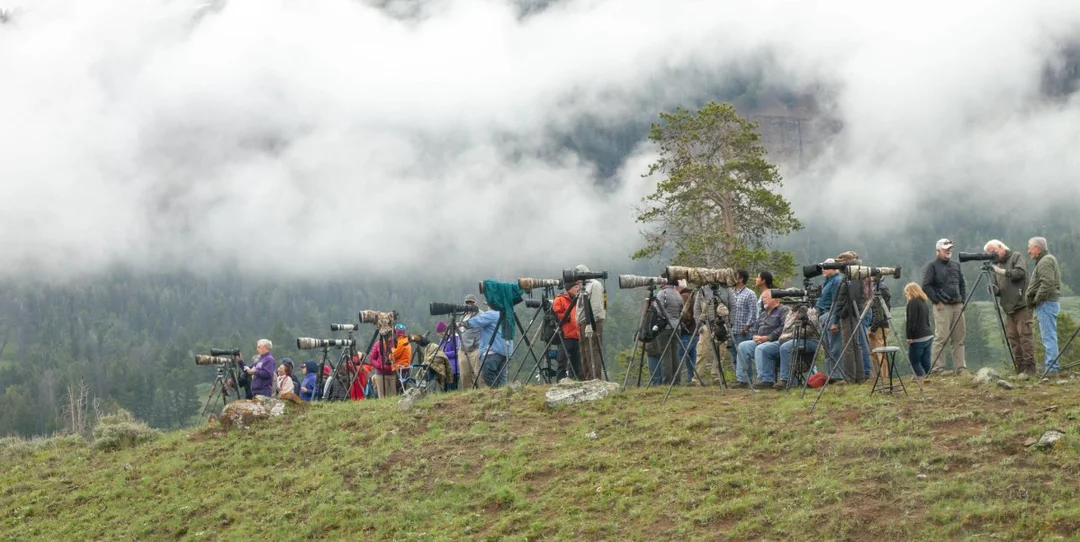
New Study Reveals Visitors’ Willingness to Support Wildlife Conservation Fees in National Parks
The breathtaking landscapes of Yellowstone and Grand Teton National Parks have long attracted millions of visitors, but a recent study has revealed an intriguing dimension of their appeal: the conservation of wildlife. According to findings published in the journal Conservation Science and Practice, a significant majority of visitors would be open to paying additional fees to support wildlife habitat conservation, a crucial factor impacting both park experiences and animal populations.
Conducted by a team of researchers from the University of Wyoming and other institutions, the study highlights the deep appreciation parkgoers hold for the iconic wildlife that roam these protected areas, including grizzly bears, elk, and wolves. "Seeing grizzly bears, elk, wolves, or other animals in the wild is tremendously valuable to the public," stated co-author Hilary Byerly Flint. The evidence presented confirms what many park visitors already know: the opportunity to witness such wildlife is a once-in-a-lifetime experience for many and deserves preservation.

The study explored various measures to fund conservation efforts, including the possibility of a wildlife conservation fee. While this concept isn't new, the study aims to stir vital discussions on how to financially sustain wildlife protection amidst pressing environmental threats.
A striking 75% of surveyed visitors identified wildlife viewing as the primary reason for their trips to these national parks. Moreover, 93% expressed support for voluntary donations towards conservation, with further support for a fee structure that could generate an impressive $13 million annually for essential projects. In contrast, declining opportunities for wildlife interactions could trigger a roughly 15% drop in visits, emphasizing just how central these experiences are to the park’s allure.

Despite the study's findings supporting a new revenue stream for conservation, securing federal approval has historically been a challenge. Previous attempts, like a proposal by former Wyoming State Rep. Al Sommers to implement a wildlife conservation fee, faced legal and political hurdles, leaving the exploration of funding mechanisms open and ongoing.
As researchers and park officials navigate these complex issues, the discussion sparked by this study serves as a vital first step towards innovative solutions for wildlife conservation. With growing visitor support for a fee system, park superintendents recognize the importance of addressing external factors influencing wildlife health.

In conclusion, this study not only highlights visitors’ way of valuing their experiences but also illustrates the need for innovative and sustainable approaches to wildlife conservation within national parks. Are you willing to contribute to wildlife conservation to ensure future generations can enjoy breathtaking vistas filled with diverse wildlife? Share your thoughts in the comments!